Vegetable garden
mendozer
13 years ago
Related Stories

MOST POPULARHow to Start a Cool-Season Vegetable Garden
Late summer and late winter are good times to plan and plant cool-season crops like salad greens, spinach, beets, carrots and peas
Full Story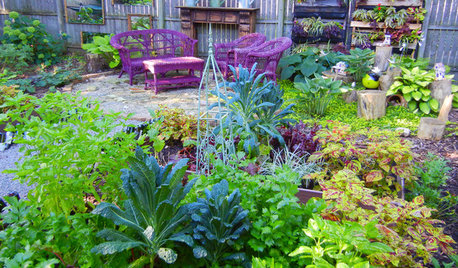
GARDENING GUIDESShades of Vegetable Gardens: Growing Edibles in Less Sun
See how one gardener produces a veritable feast of vegetables and herbs under a canopy of shade
Full Story
FARM YOUR YARDAdvice on Canyon Farming From L.A.'s Vegetable Whisperer
See how a screened garden house and raised beds help an edible garden in a Los Angeles canyon thrive
Full Story
EDIBLE GARDENSGarden BFFs? Why Your Vegetables Are Begging for Companion Plants
Foster friendships among plants for protection from pests, pollination support and color camaraderie
Full Story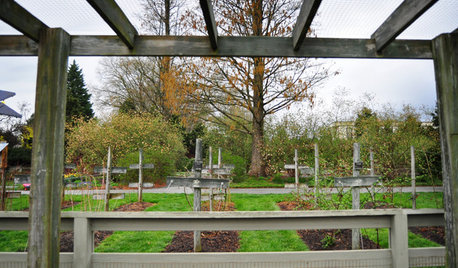
GARDENING AND LANDSCAPINGVegetable Growing Lessons From Longwood Gardens
Get ideas for your own edible landscape from a Pennsylvania showpiece and teaching garden
Full Story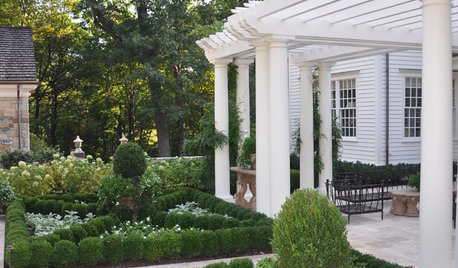
GARDENING AND LANDSCAPINGCream-of-the-Crop Vegetable Gardens
Both trendy and traditional, these inspired potager designs turn the everyday vegetable garden into art for your landscape
Full Story
EDIBLE GARDENS8 Surefire Vegetables and Herbs for Beginning Gardeners
Learn the edible plants that are popular and easy to grow in a backyard or container garden
Full Story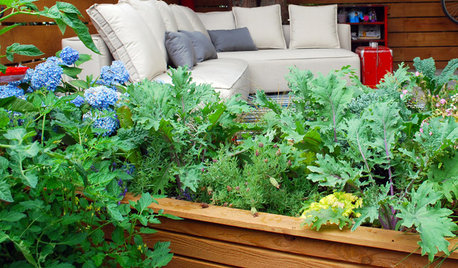
GARDENING GUIDESStep Right Outside for Fresh Herbs and Vegetables
Decks and patios can be convenient spots for edibles, and sometimes they even offer advantages over backyard gardens
Full Story
FARM YOUR YARD9 Ways to Change Up Your Vegetable Garden for the Coming Season
Try something new for edible plantings that are more productive than ever
Full Story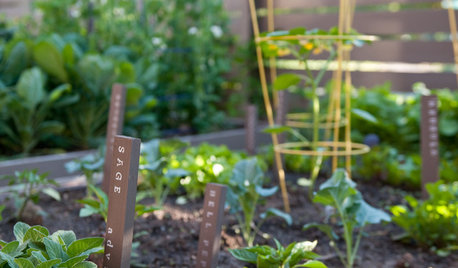
EDIBLE GARDENSKeep Track of Your Vegetable Garden With Plant Markers
Bring order to your edible beds with these labeling ideas
Full Story


Kimmsr
leira
Related Discussions
NEWBIE - How to reform my "weed garden" into a vegetable garden?
Q
Shaded East-Facing Garden...Hopeless for Vegetable Gardening?
Q
Is ‘garden soil’ really worth it for vegetable gardens?
Q
Vegetable Garden Soil
Q
gardengal48 (PNW Z8/9)
tcstoehr
wayne_5 zone 6a Central Indiana
leira
wayne_5 zone 6a Central Indiana
homertherat
flora_uk
gardengal48 (PNW Z8/9)
jonas302
pnbrown
gardengal48 (PNW Z8/9)
briergardener_gw
tcstoehr
Dan _Staley (5b Sunset 2B AHS 7)
tcstoehr
gardengal48 (PNW Z8/9)
tcstoehr
Dan _Staley (5b Sunset 2B AHS 7)
tcstoehr
gardengal48 (PNW Z8/9)
tcstoehr
wayne_5 zone 6a Central Indiana
pnbrown
Dan _Staley (5b Sunset 2B AHS 7)
gardengal48 (PNW Z8/9)
Dan _Staley (5b Sunset 2B AHS 7)
wayne_5 zone 6a Central Indiana
pnbrown
Dan _Staley (5b Sunset 2B AHS 7)
tcstoehr
Dan _Staley (5b Sunset 2B AHS 7)
markmein
tcstoehr
GreeneGarden
Dan _Staley (5b Sunset 2B AHS 7)
gardengal48 (PNW Z8/9)